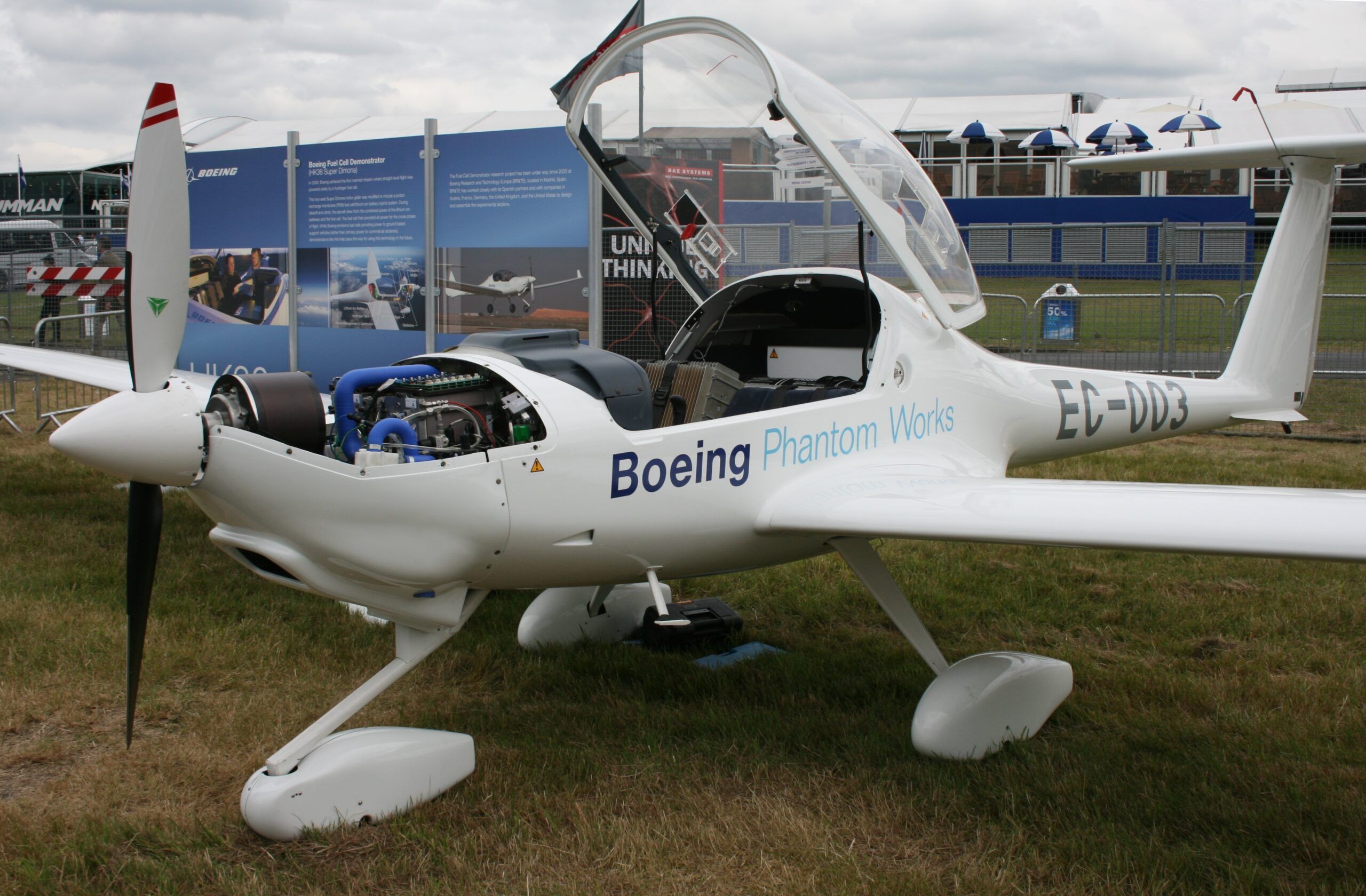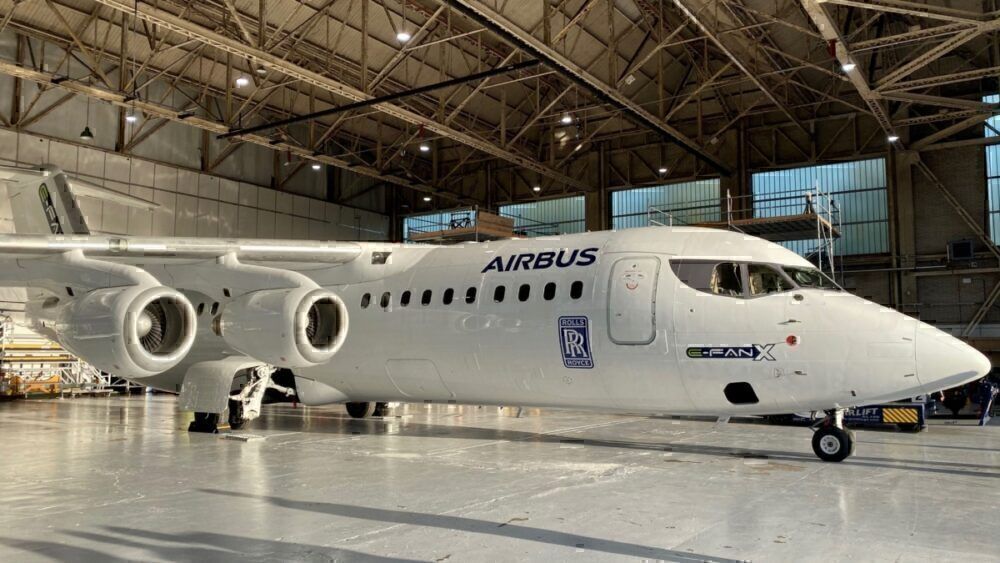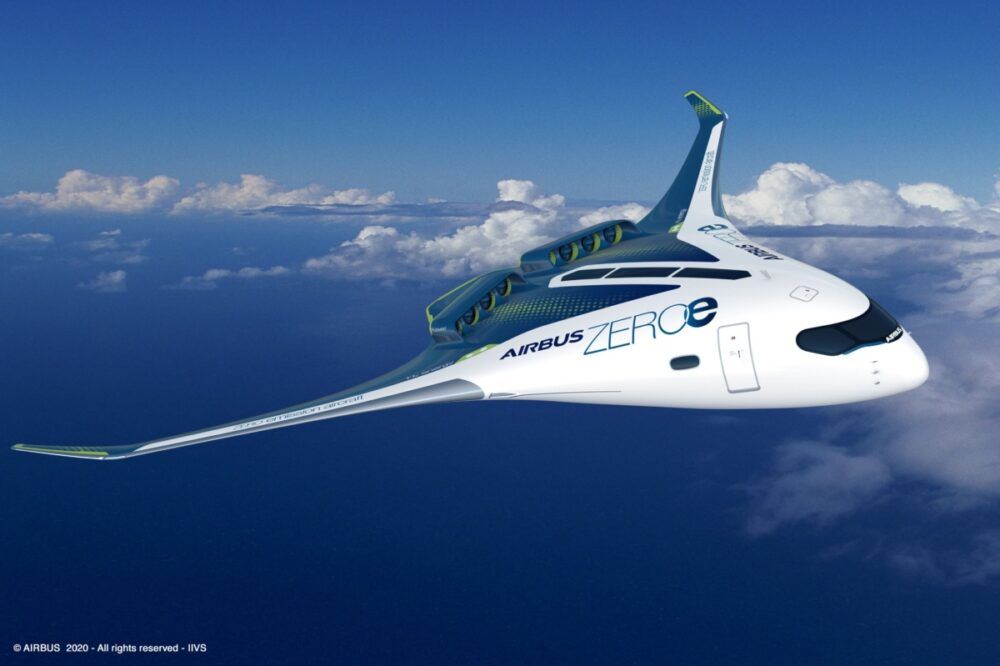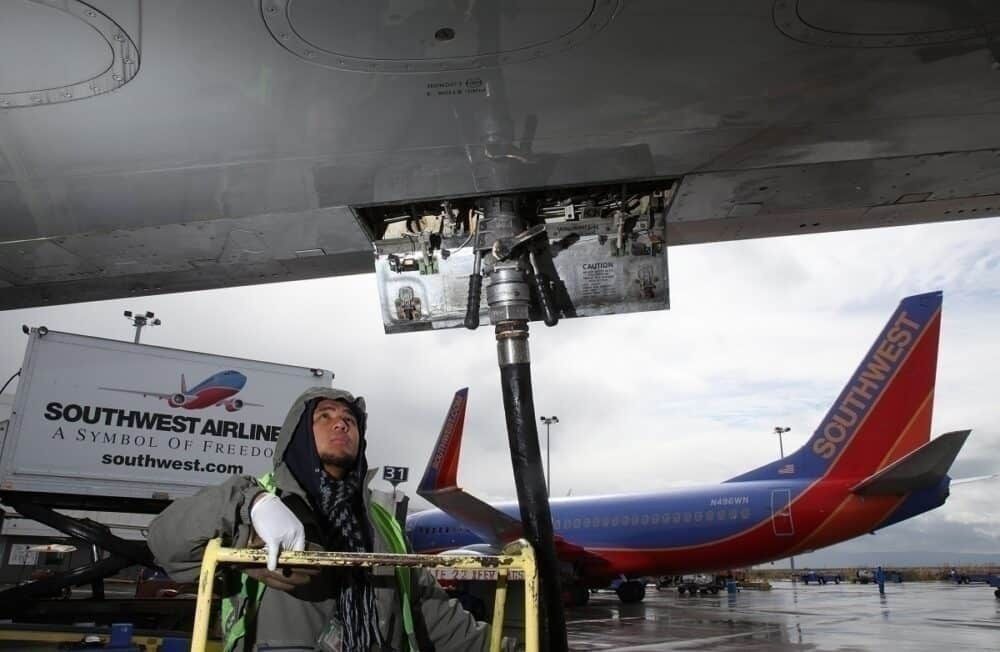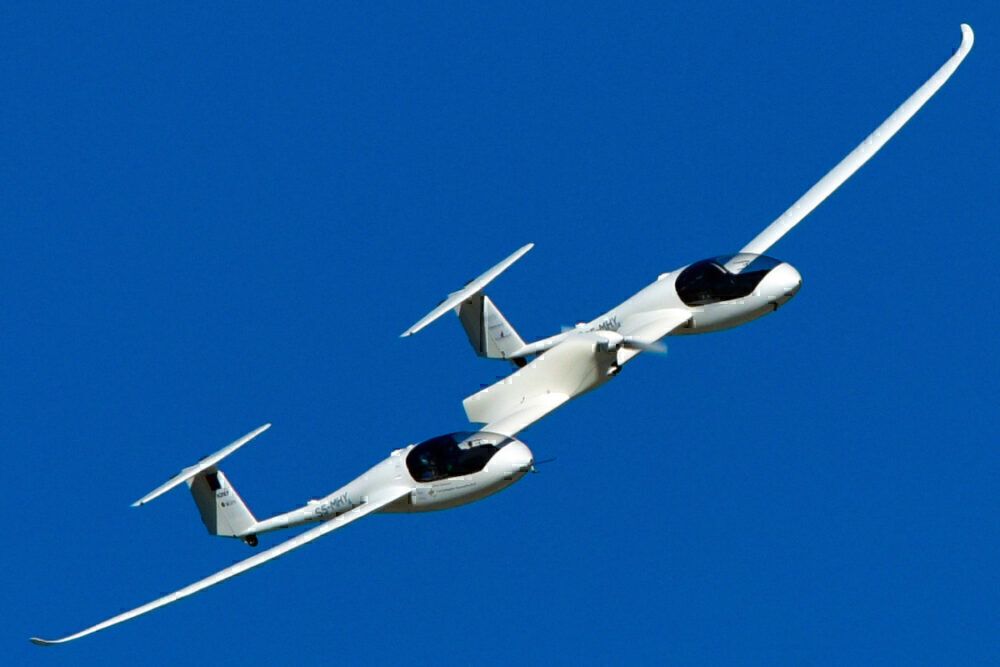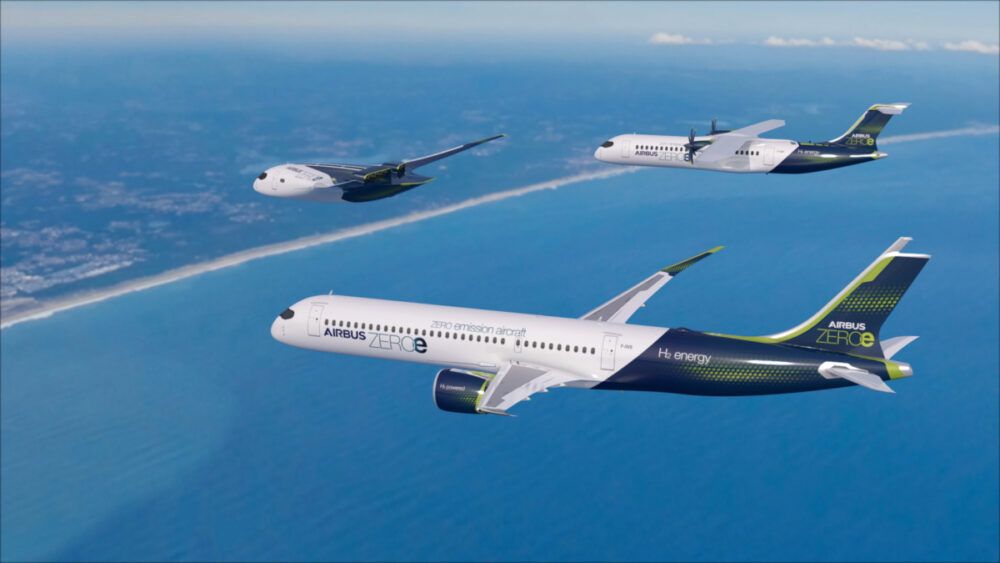As the aviation industry continues to look for ways to reduce its carbon footprint and become more 'green,' we hear more about electric and hydrogen-powered planes. These are both well under development, though it is still likely some time before we see them in large commercial aircraft. This article looks at how a hydrogen-powered aircraft would work and how close we are getting.
Hydrogen-powered aircraft
Hydrogen power is a popular possibility in many industries, with an abundant supply. No carbon dioxide is produced as a by-product of combustion, just water.
The concept of a hydrogen-powered aircraft refers to hydrogen as a fuel source (replacing current jet fuel). This could then be combusted to power the engines or used to power a fuel cell.
For clarity, the other popular green technology involves electrically powered aircraft. This refers to the use of stored battery energy to power aircraft engines. Several companies are working on electric aircraft, and there have been small varients built and flown. But battery technology limits use in larger aircraft. They cannot yet be made small (and light) enough.
Two ways to power an aircraft
There are two main ways that hydrogen fuel can be used to power an aircraft:
Combustion. This is very similar to how jet fuel is used currently and how a standard automobile engine works. Modified jet engines could use hydrogen as a combustible fuel source, powering an engine much as happens now but much cleaner.
Used to power a fuel cell. This is a different concept, where hydrogen is used to create electricity (within the fuel cell) that then powers the aircraft. This happens by combing the hydrogen with oxygen. The reaction produces electricity, with heat and water as by-products.
Fuel cells have been around for a long time and already have many applications. Hydrogen-powered buses and other vehicles are an increasingly common sight, for example.
Most smaller aircraft developed to date have used fuel cell technology. For larger aircraft, however, it is more likely that direct combustion will be used, at least initially.
To get a better idea of how a fuel cell works, take a look at this YouTube clip.
Storing the hydrogen
However, the aircraft it powers will require an onboard supply of hydrogen, just as aircraft today require jet fuel. This needs to be stored in pressurized tanks, which is more complicated than storing standard jet fuel. It cannot be stored in the wings, and instead, tanks are needed within the main fuselage.
With the small and low range aircraft developed so far, this is not a significant issue. But with larger aircraft, we are likely to see some redesigns to accommodate this. The fuselage could well need to be longer, with separate cabins and fuel storage. Airbus has also looked at a blended wing design as part of its ZEROe project, which would allow more options for hydrogen storage.
Limitations of hydrogen power
Although it promises a great deal, hydrogen power still has its limitations. Much more research is needed before large passenger aircraft can operate using the technology. This is not just required in aircraft and engine development, but also in the production of hydrogen. Most today is produced from fossil fuels, releasing carbon dioxide. For large-scale use in aviation, this will need to changes.
Airport infrastructure and fueling is also a major consideration. Just as fueling is a limitation for hydrogen and electric-powered vehicles, it could well be for aviation too. For hydrogen aircraft to be a realistic possibility, large-scale changes are needed to airport infrastructure to store and deliver hydrogen. Airlines will need reassurance that aircraft can be fueled easily, not just at a few specific airports.
There are currently plans underway to develop Europe's first commercial plant for hydrogen-based aviation fuel. Norsk e-Fuel is leading the development of a plant, which should offer a maximum capacity of 10 million liters of hydrogen-based jet fuel within three years.
Stay informed: Sign up for our daily and weekly aviation news digests.
Where are we with hydrogen planes today?
While large-scale hydrogen-powered aircraft are still a long way off, technology has improved significantly in recent years. The first flight took place in 2008 with Boeing Fuel Cell Demonstrator, a single-person test aircraft. The first passenger aircraft flew in 2016, with HY4, a four-seat light aircraft designed by the DLR Institute of Engineering Thermodynamics.
In 2020, we saw the first commercial-grade flight using a hydrogen-powered aircraft. Zeroavia operated the first commercial-grade flight fully powered by hydrogen in September 2020. The six-seater retrofitted Piper Malibu only flew to 1,000 feet, but it is nonetheless an important step forward. The company is targeting a 250-mile flight by the end of 2020.
And looking further forward, Airbus has revealed a concept for three zero-emission hydrogen-powered aircraft that could see service as early as 2035.
What do you think of the potential and challenges of hydrogen power? Do you think we will see a large-scale commercial aircraft anytime soon? Let us know in the comments?

